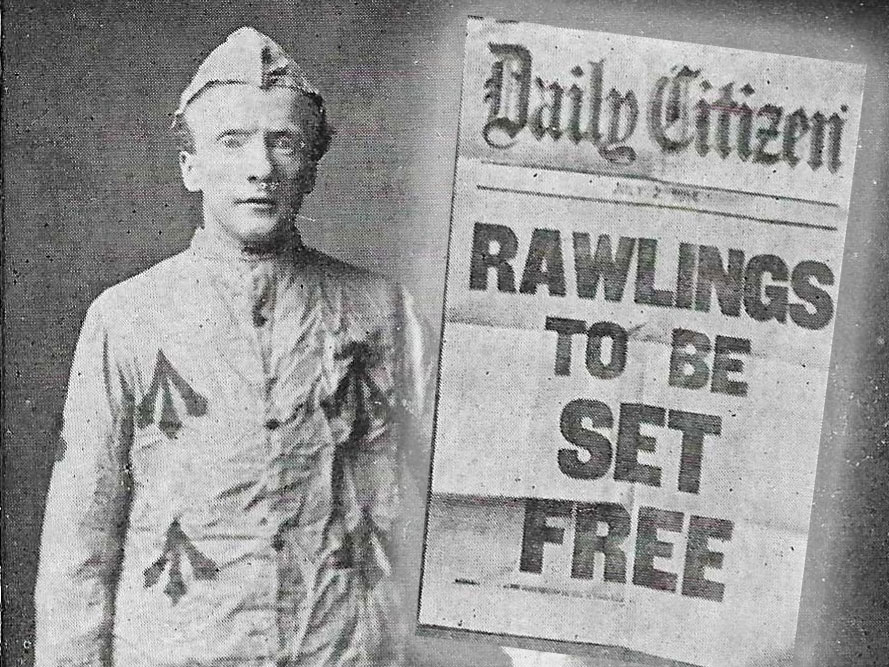
Remembering Vale Rawlings: A Forgotten Trade Union Activist
The remarkable story of trade union activist Vale Rawlings was retold in Burton upon Trent, East Staffordshire, in 2024 to mark the 110th anniversary of a court case that captured Britain’s attention in the weeks leading up to World War I.
Between 1911 and 1914, Rawlings worked tirelessly to recruit employees from Burton’s breweries to the Workers’ Union, playing a crucial role in securing a minimum wage of 23 shillings a week. This victory put an estimated £30,000 a year into the pockets of Burton’s working-class families.
Despite his small stature—standing at just 4ft 11 inches—Rawlings was a formidable figure in the labour movement. He was jailed in June 1914 for allegedly assaulting a police inspector on a picket line, despite the officer being significantly taller and stronger. When Home Secretary Reginald McKenna released Rawlings a week early, around 15,000 people gathered in Burton to watch him lead a triumphant procession through the town to a rally in the marketplace.
This year, his story is being brought to life in Strikers! The Vale Rawlings Story, a compelling play about his role in Burton’s fight for workers’ rights. Tickets can be purchased here: Strikers! The Vale Rawlings Story – Burton Town Hall.
Exploring Vale Rawlings’ Legacy in Burton upon Trent
For those interested in Burton upon Trent’s industrial and social history, the town is home to several key landmarks connected to the struggles of Rawlings and the wider labour movement.
Burton Town Hall
During the height of Rawlings’ activism, Burton Town Hall was a central meeting place where union leaders and workers gathered to demand better conditions. Today, it continues to serve as a venue for local events, allowing visitors to connect with the political and social struggles that shaped Burton’s industrial past.
St. Modwen’s Church
As a landmark in Burton’s town centre, St. Modwen’s Church played a role in supporting workers during times of unrest. Churches like this often served as meeting places and sources of moral support for those involved in labour disputes.
The Cooper’s Tavern
Once a tap house for Bass Brewery workers, The Cooper’s Tavern was a popular gathering place during the labour disputes. Pubs like this provided workers with a space to discuss grievances, strategies, and build solidarity. Today, the tavern remains much as it was in Rawlings’ time, offering visitors a glimpse into the past.
The Trent and Mersey Canal
The canal was vital for transporting goods, including Burton’s famous beer, but during the labour strikes, it also served as a key route for workers and union organisers. Walking or cycling along the canal offers a chance to reflect on its role in Burton’s industrial history.
Honouring Vale Rawlings and Burton’s Labour Struggles
Vale Rawlings may not be a household name, but his efforts profoundly impacted Burton upon Trent’s workforce. His activism helped shape the town’s labour movement and influenced wider struggles for workers’ rights in Britain.
By exploring Burton’s historic landmarks—from its brewery heritage to its canals and local pubs—you can uncover the story of resilience, solidarity, and the fight for fair working conditions. Whether you’re a history enthusiast or simply curious about the town’s past, Burton upon Trent offers a fascinating journey into its industrial legacy.